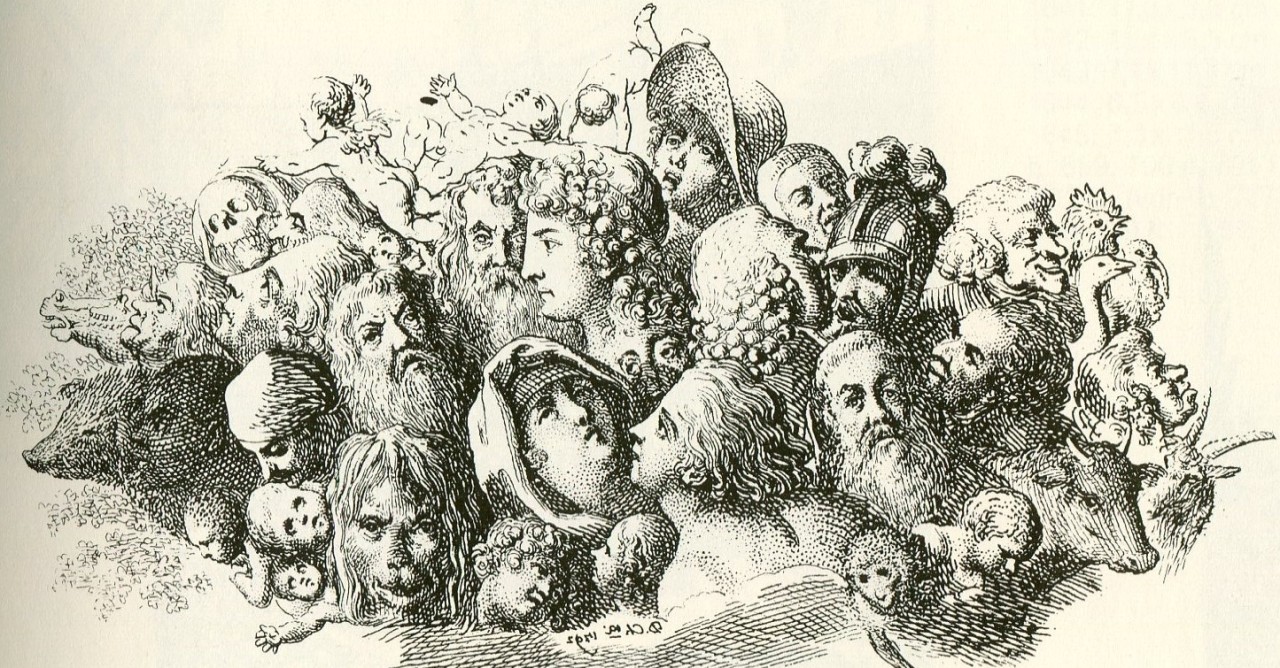
The Case for Custom DEI Taxonomies In Your Museum DAM
As museums become more data-driven, describing the people associated with collections—artists, donors, curators, etc.—has become more important. Audiences and stakeholders ask questions like: How many works by women artists are there in your permanent collection? How many Black artists have received solo exhibitions? Who is donating works or money to support your programs? Questions like these are increasingly common, and for many museums they are still difficult to answer.
In 2019 I wrote an article about the “Bad Ass Bitches of the Getty,” an unsanctioned museum tour by the company Museum Hack. It focused on works by women artists on view in the Getty Museum’s permanent collection galleries. The tour guide claimed there were only five such works currently on display. When I asked the Getty how many women were actually represented in their collection, they said they didn’t know because the museum did not track the gender of their artists.
This situation is starting to change. The San Francisco Museum of Art has embarked on an ambitious project to survey and track the identities of the artists in their permanent collection and exhibitions as well as those of their visitors, staff, and board. The Minneapolis Institute of Art has also blogged about their efforts to respectfully and accurately identify the artists associated with their collections. Archivists at the Getty have initiated an anti-racist description project. Organizations like Museums Moving Forward are also calling for better data and greater transparency in how museums operate, collect, and make exhibitions.
These efforts are important if museums are to be relevant to the communities they serve. We all want to see ourselves and our concerns reflected in our cultural institutions. Collecting, maintaining, and sharing data about the people associated with your collections and programs helps visitors and donors see themselves in your work and have an investment in the museum’s future.
However, the traditional descriptive vocabularies in use at museums aren’t really designed to describe people. Many museums use the Getty Vocabularies: the Art & Architecture Thesaurus, Union List of Artist Names, Thesaurus of Geographic Names, and the Cultural Objects Name Authority. Although ULAN tracks gender and some ethnicity information, the vocabularies are designed primarily to describe objects, not people. Library of Congress Subject Headings are more all-purpose but dogged by outdated terminology like “Indians of North America.” LC’s Demographic Group Terms are better, but far from complete, especially for museums that need to describe historical persons whose nationalities and ethnicities may not align with current terminology.
If you’re going to describe people, both contemporary and historical, across multiple identity facets, without offending or alienating anyone, you’re going to need to consider using custom taxonomies. That might mean augmenting the vocabularies mentioned above with local terms, or it might mean using the crowd-sourced Wikidata. Where to begin? Here are some key questions to consider:
- Who are the people you need to describe? Are they mostly contemporary, historical, or a mix of both? Do they come from a particular part of the world or from a particular segment of the population?
- Who is your audience? How will visitors, staff, and other users search or interface with your metadata, and what questions do they want to answer?
- What are your institutional values and commitments to diversity, equity, and inclusion? How can your metadata practices better align with them?
- What are your technical and staffing capabilities and limitations? How easy or difficult will it be to create and maintain custom vocabularies?
In the end, it’s important to remember that people come first. Museum professionals are tasked with safeguarding and describing objects, but it’s people who create those objects, interpret them, and bring them to life with new meanings. The reason we work so hard to preserve and provide access to cultural heritage objects is to help people better understand who we are and where we come from. It’s up to us to make the effort to describe objects and the people associated with them as accurately and respectfully as we can.
Join me for “Words Really Do Matter: DEI Principles for Custom Taxonomies” at DAM and Museums 2023, live on February 9, 2:45 PM EST.
For more information on DAM and Museums and to register, click here. Registration is free for all GLAM and Non-Profit professionals.
Don’t be fooled! DEI is a Marxist ploy. Ask yourself why they use “equity” instead of “equality”. And don’t forget that Marxism killed 150 million souls in the 20th century.
Marketing Executive @ Henry Stewart Events | MA in Politics, BA in English
1yGreat post, Sharon! Looking forward to hearing from you at the event
https://www.henrystewartconferences.com/events/dam-and-museums-2023